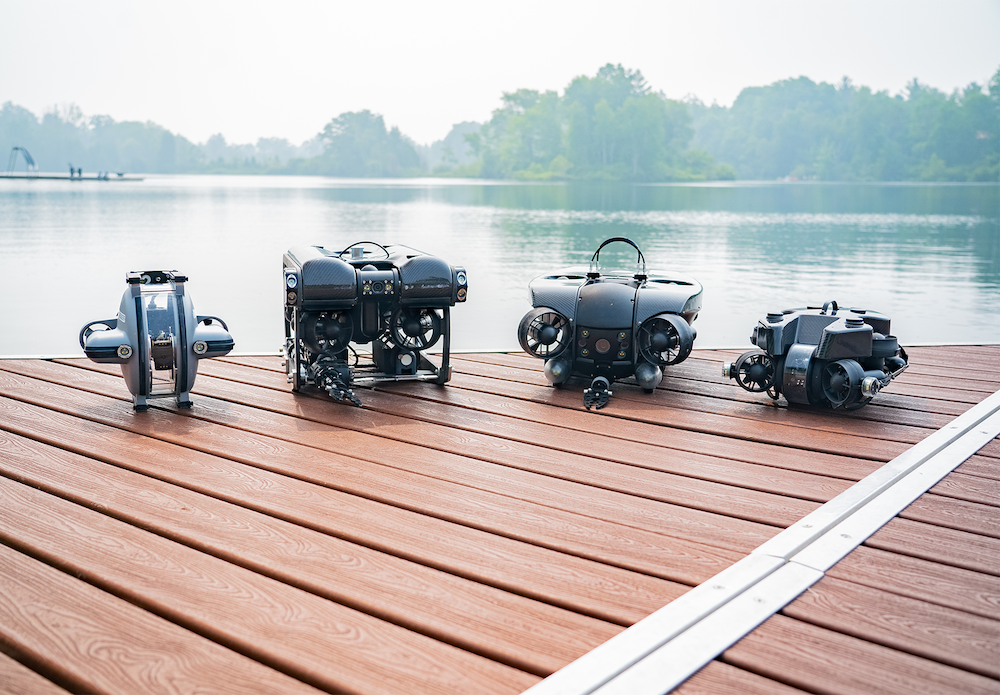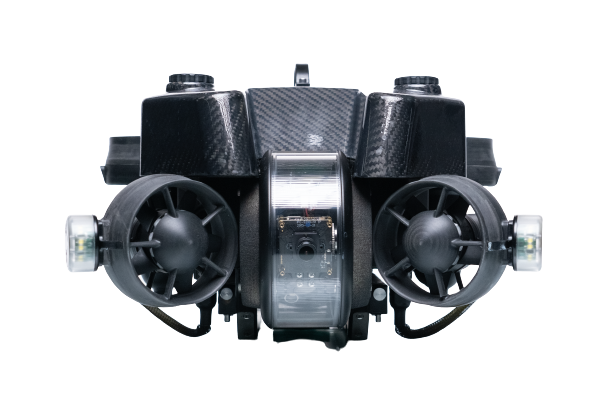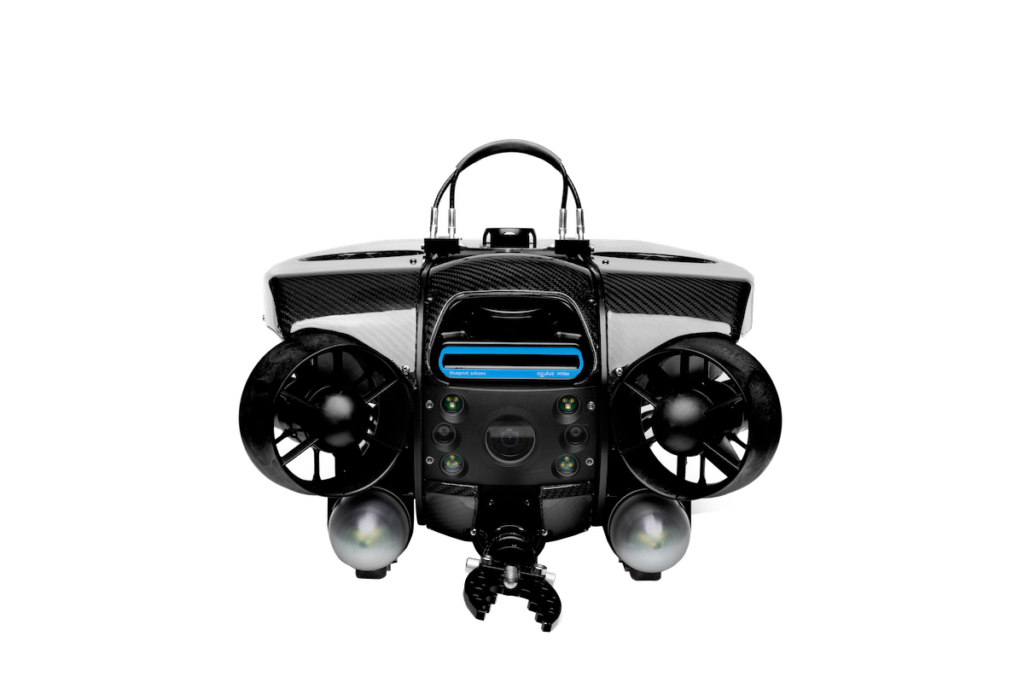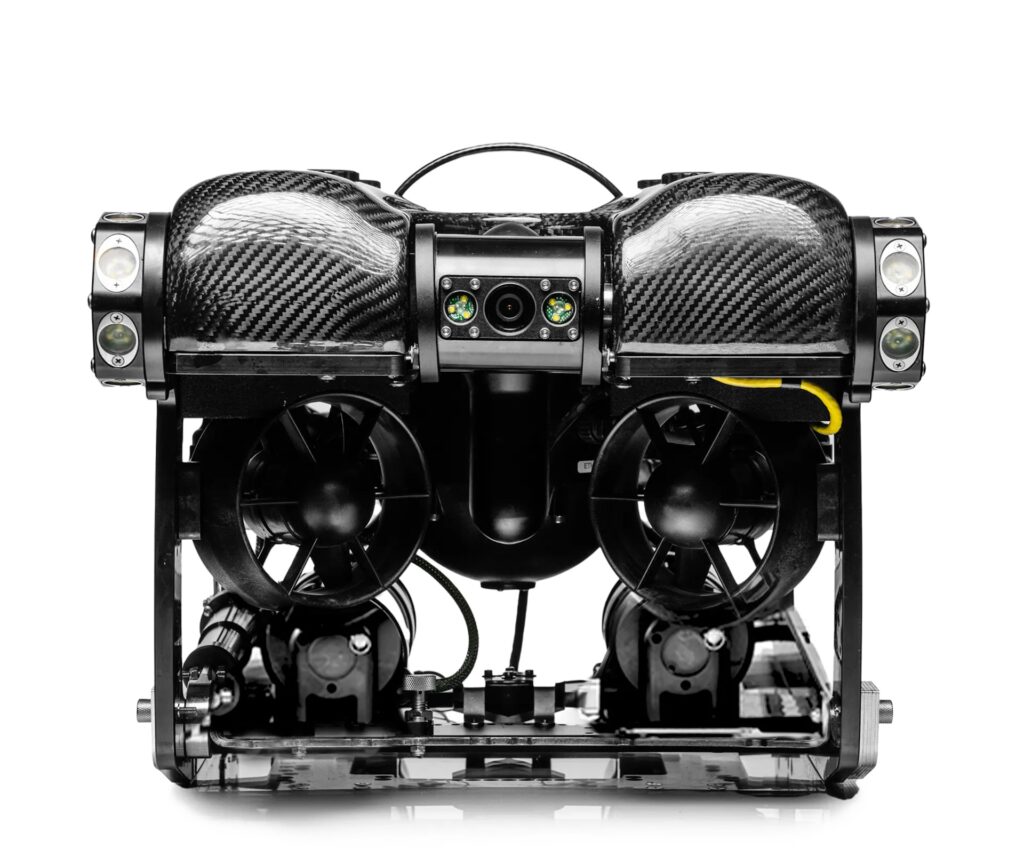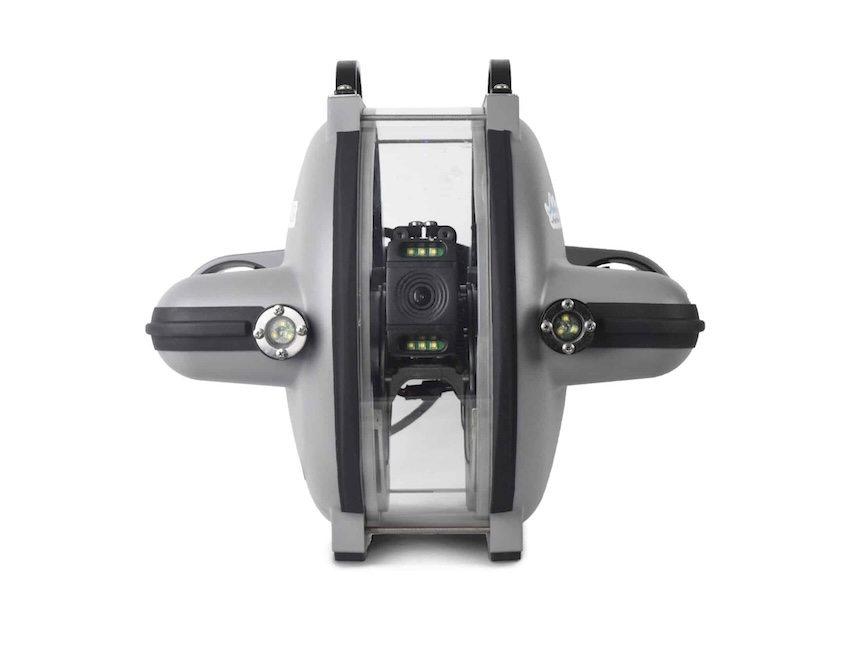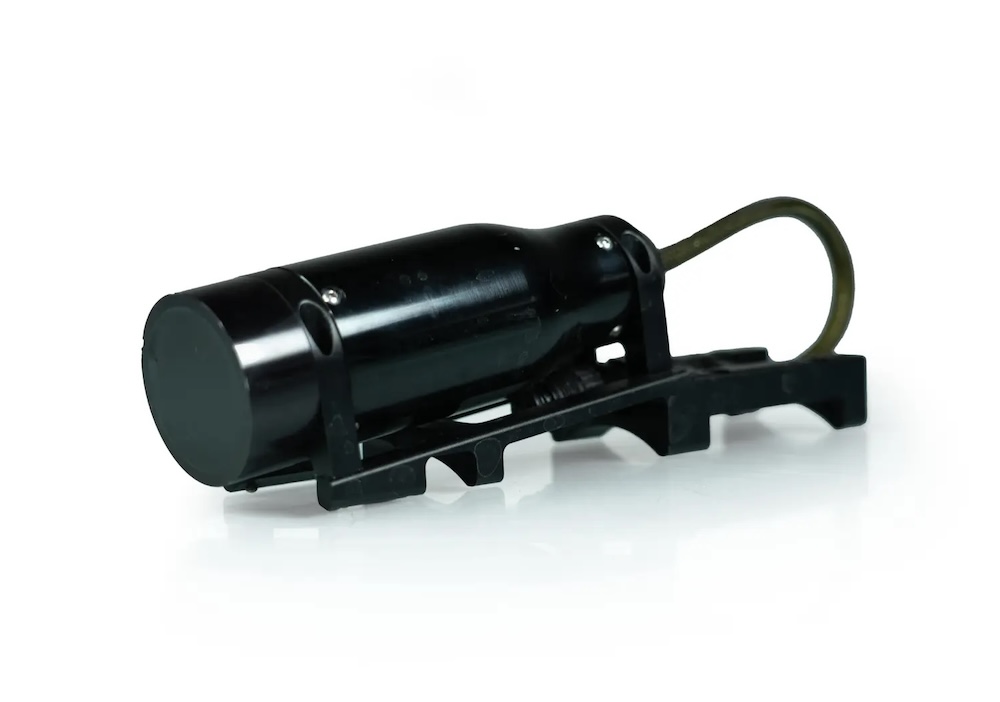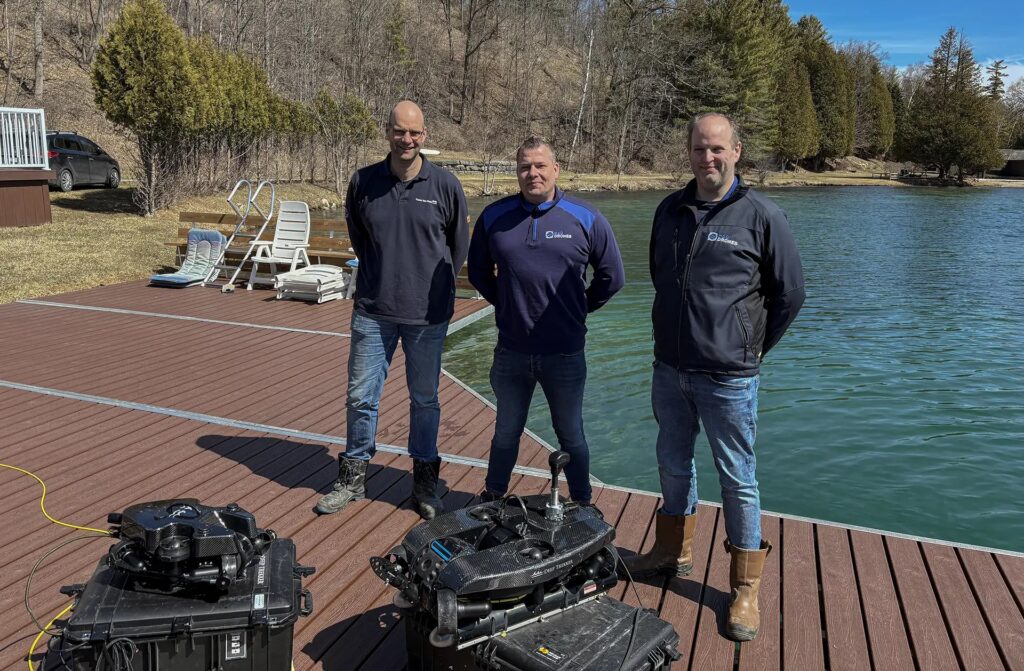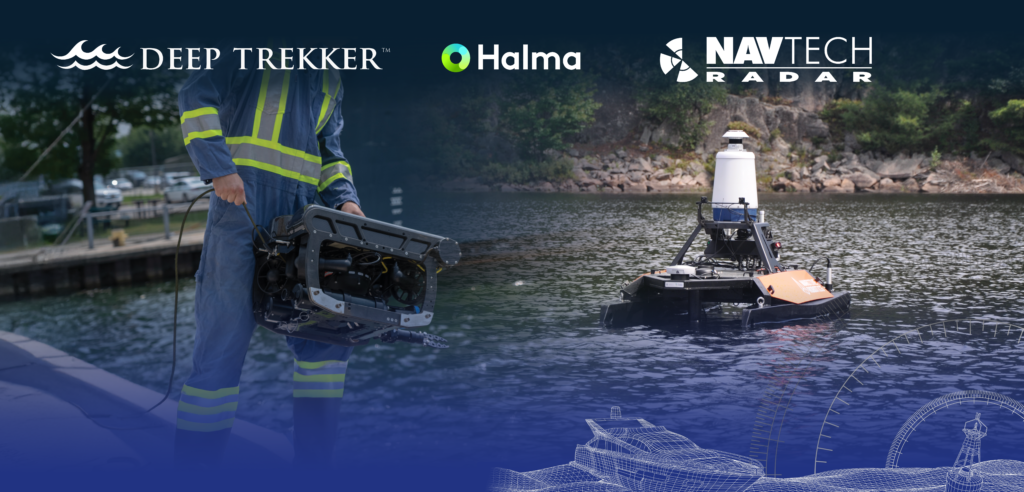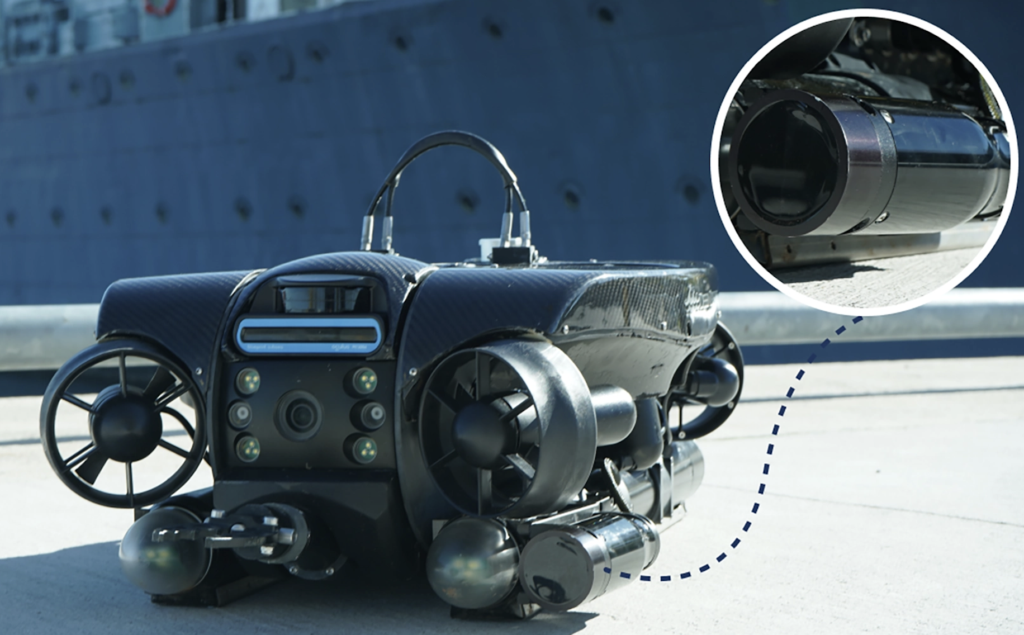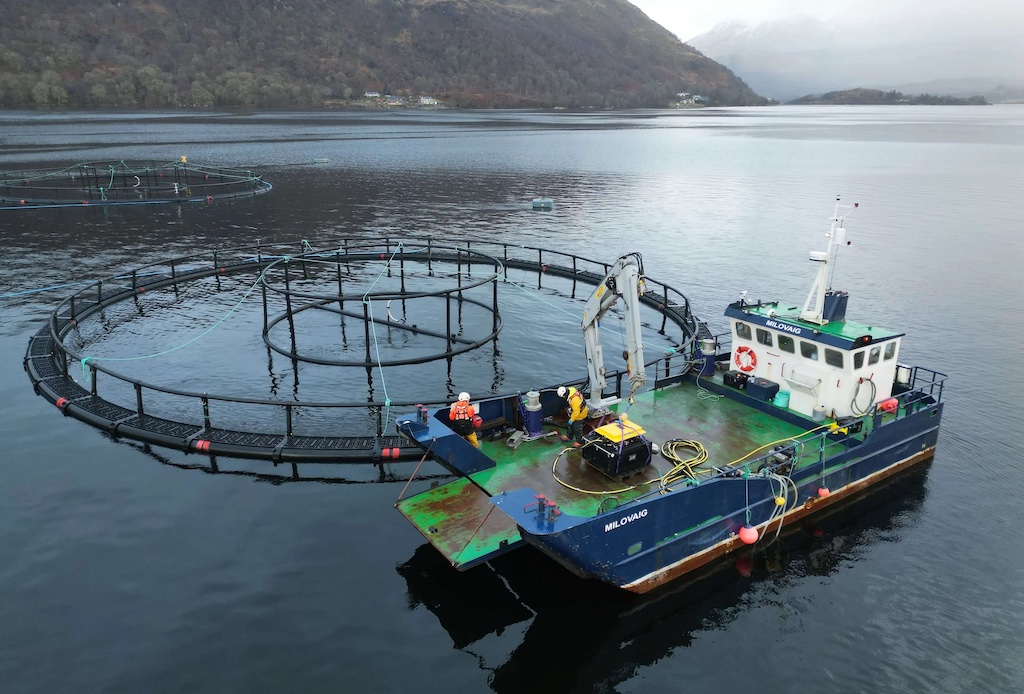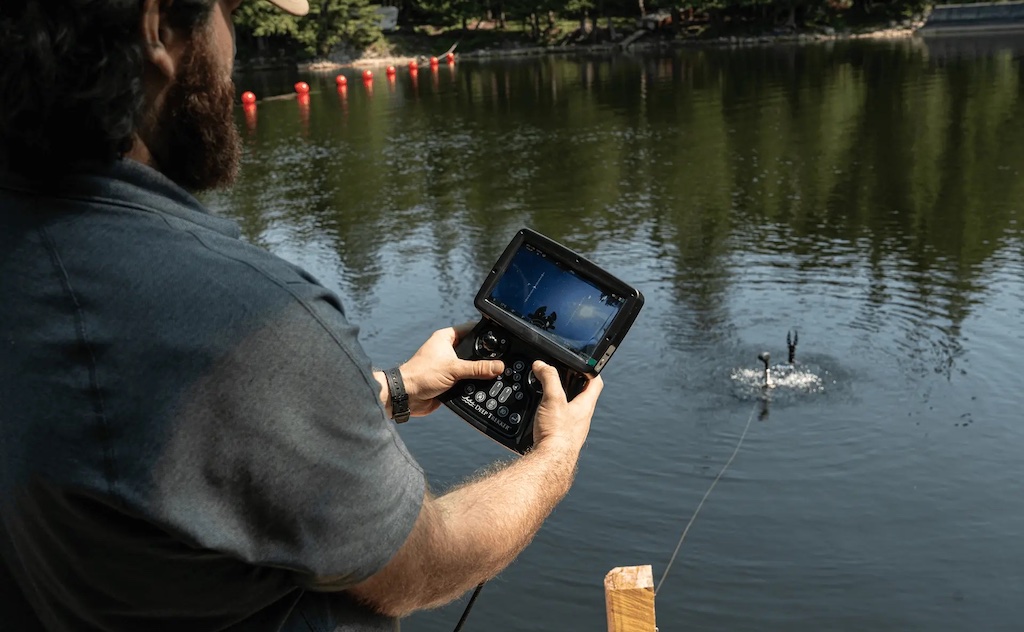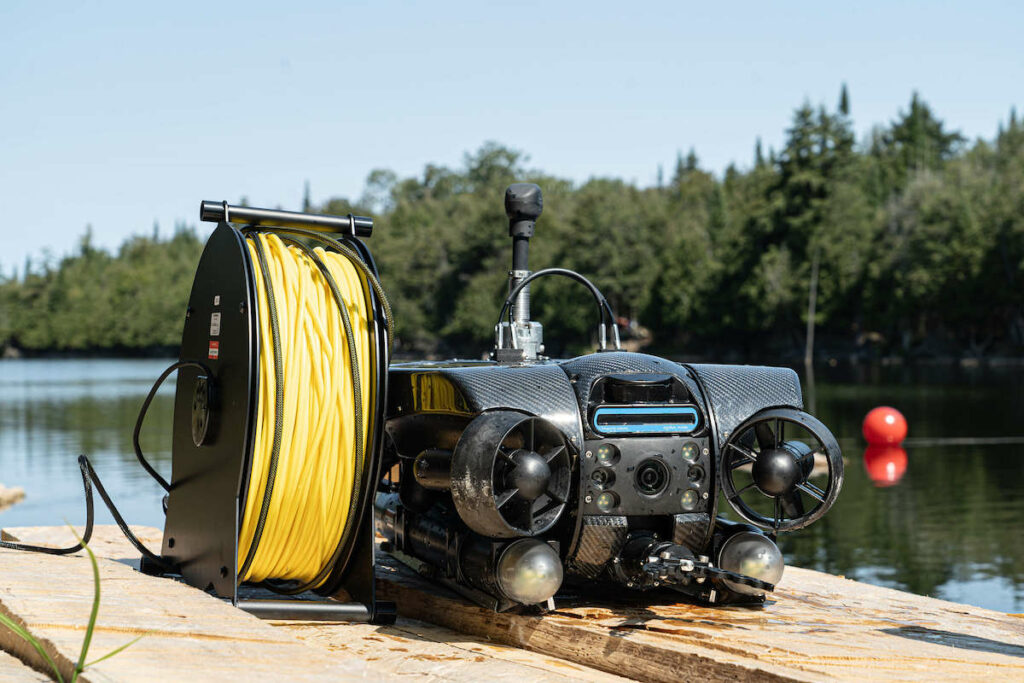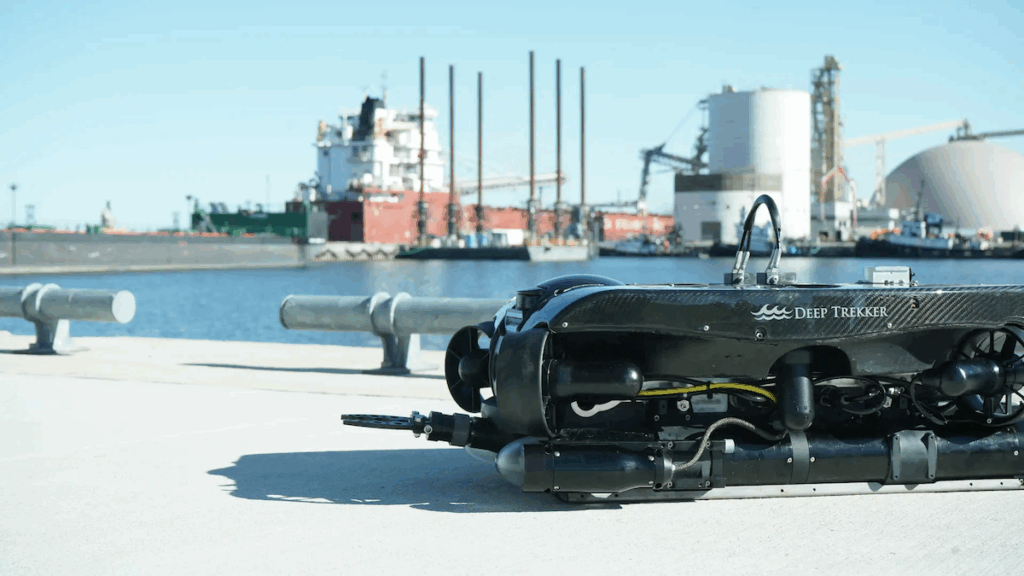
Deep Trekker breaks down how remotely operated underwater vehicles (ROVs) function and the breadth of their applications in the article “Industries Benefiting from Remotely Operated Underwater Vehicles (ROVs),” explaining what constitutes an underwater ROV, from micro units to SUV-scale systems, and the wide cost range from a few thousand to several million dollars.
The article covers four principal ROV classes—work class (3,000–6,000 m depth for deep-sea exploration and archaeology), light work class (1,000–3,000 m for inspections and repairs), observation class (300–1,000 m for lakes, rivers, and coastal surveys), and micro/mini ROVs (100–300 m for confined-space checks)—outlining each class’s typical depth ratings, capabilities, and deployment scenarios.
Deep Trekker also traces the origin and history of ROVs, from 1960s U.S. Navy experiments (including the CURV’s 1966 atomic-bomb recovery) through pivotal rescues like the 1973 Pisces crew save, to the evolution of work-class pioneers and the arrival of compact observation models.
The article highlights the modern benefits of ROVs—rapid 30-second deployment, rugged low-maintenance design, hours-long operational endurance (with swappable batteries and direct-power options), high-resolution video/photo recording, tight-space access, enhanced personnel safety, intuitive handheld control for quick training, and cost-effective micro-vehicle performance.
Deep Trekker explains how a range of industries leverage ROVs, including:
- Aquaculture: Net and stock monitoring, environmental sensing, and feed optimization
- Commercial & Salvage Diving: Pre-dive site assessments, confined-space inspections, and hull surveys
- Defense: Contraband detection, infrastructure security, and bomb disposal support
- Search & Recovery: Deep‐water searches and robotic retrieval of objects
- Marine Science: Environmental research, sample collection, and ecosystem mapping
- Oil & Gas: Pipeline, rig, and platform inspections to detect leaks or corrosion
- Nuclear, Hydroelectric & Offshore Energy: Underwater reactor, intake, and subsea cable monitoring
- Maritime: Hull integrity checks, invasive-species surveys, and ballast-tank assessments
- Municipal Infrastructure: Dam, reservoir, and submerged‐pipeline inspections
- Underwater Exploration & Discovery: Shipwreck surveys, geological studies, and deep‐sea archaeology.
Read the full article, or visit the Deep Trekker website for more information.



